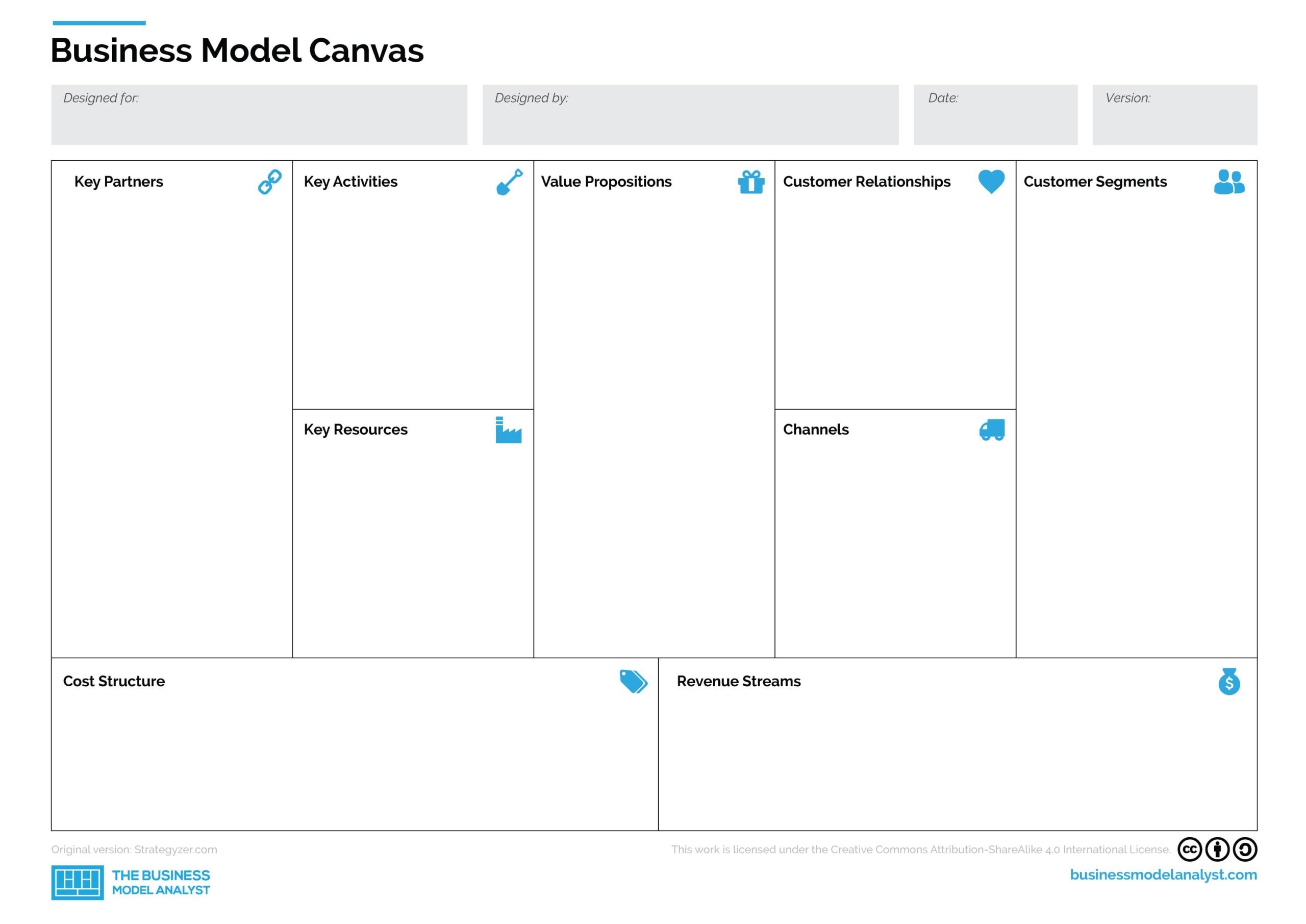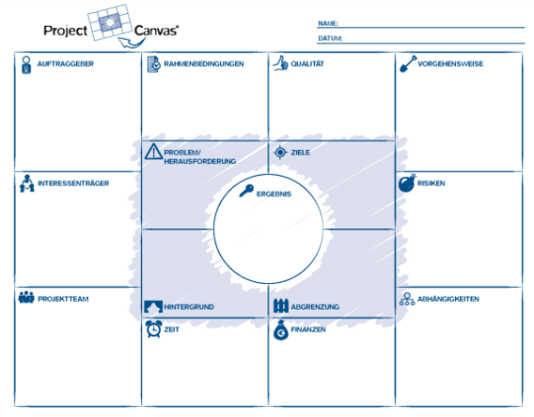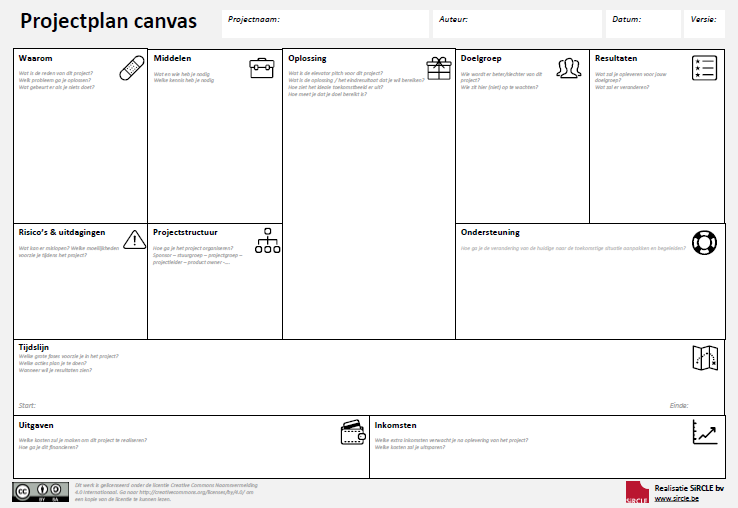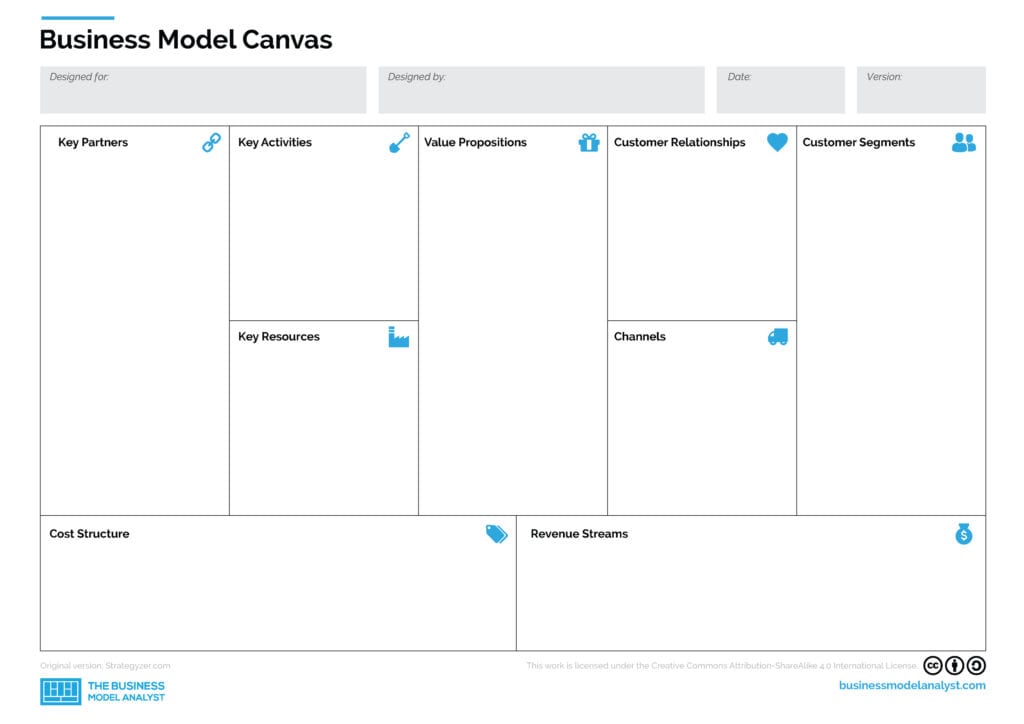
Application of appropriate elicitation technique such as document analysis, interview, workshop, observation, surveys can be used to gather information for the BACCM canvas.Plan and prepare for elicitation with relevant stakeholders.Identify relevant stakeholders that are impacted by, interested in or can influence the change.A living document that is updated as the project progresses to reflect the current realities of the initiative.Reference point and guardrails for all team members as they continue to design and build the solution through multiple iterations.

Great input/starting point for Organization Change Management (OCM) strategy.Quick onboarding tool for new project stakeholders.


These elements influence, are influenced by and provide understanding of change. Decreases in value can be in the form of losses, risks, and costs.Ĭontext: This is the internal or external environmental element relevant to the change. Changes can result in an increase or decrease in value. Value can also be defined as the net result of realized benefits, gains, returns resulting from satisfying the need. Value: is the importance or worth of something to a stakeholder within a given context.

Stakeholders: These are groups of individuals impacted by the change, they are often categorized based on their interest in, impact on, or influence over the change. Let us consider each of the components in more detail: It’s a great communication tool that depicts what an initiative is all about at-a-glance, clearly highlighting the business needs, expected changes and business outcomes. It is useful for establishing the foundation of the work to be done and charting a path for delivery to achieve business outcomes. This is a one-page model that captures each component of the business analysis core concept model for any given initiative. They are ideas that are fundamental to the practice of business analysis, and they are all equal and necessary, none holds greater importance than the others. The BACCM™ shows relationship between these key variables (core concepts). Study and analysis of business analysis initiatives across various perspectives, industries and methodologies revealed six key elements that are common in most business analysis work. A conceptual framework is visual representation of expected relationships between variables within a system. According to the BABOK® Guide, The Business Analysis Core Concept Model™ (BACCM™) is a conceptual framework for business analysis.


 0 kommentar(er)
0 kommentar(er)
